Hello everyone, how are you today?
I hope you all had a wonderful day. With the current development, high-rise buildings are popping up everywhere. But I have always been particularly attracted to the architecture of old houses. For me, learning about old architecture told me many interesting things about the life of previous generations and saw the tremendous development of human life. And today, I would like to introduce to you a building like that which is the mansion of the king of the H'Mong - an ethnic group distributed mainly in the mountainous northwest region of Vietnam. This is also one of my favorite destinations during my backpacking trip in Ha Giang province.
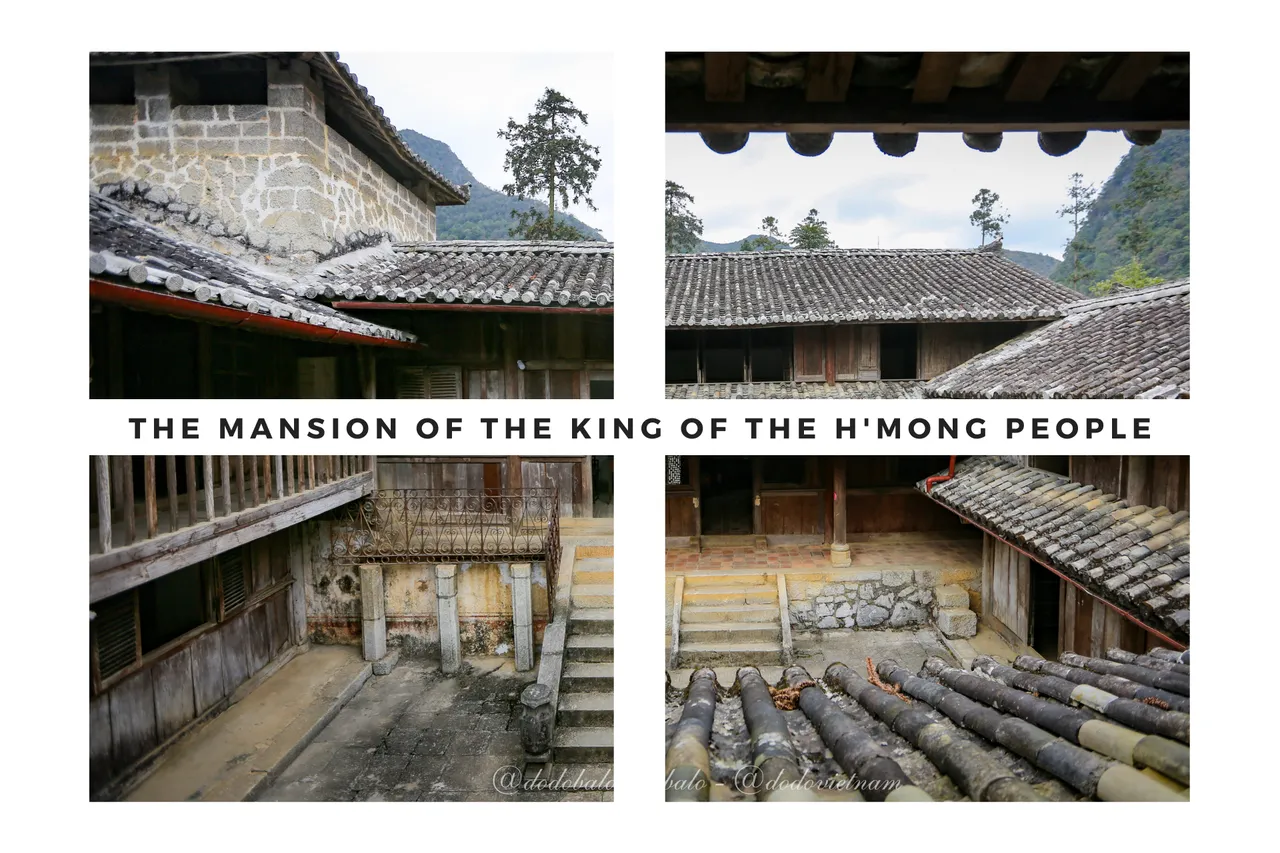
First let me introduce a little bit about the king of the H'Mong. He was Vuong Chinh Duc (1865 - 1947) (RPA: Vaj Tsoov Loom) and his kingdom was in Dong Van district, Ha Giang province. In his time of prosperity, his dynasty was powerful, controlling the entire northernmost region as well as the entire East and Northwest region, at that time his kingdom had 70,000 inhabitants. He built a powerful dynasty by trading and growing opium poppy. Thanks to that, he built this huge mansion.

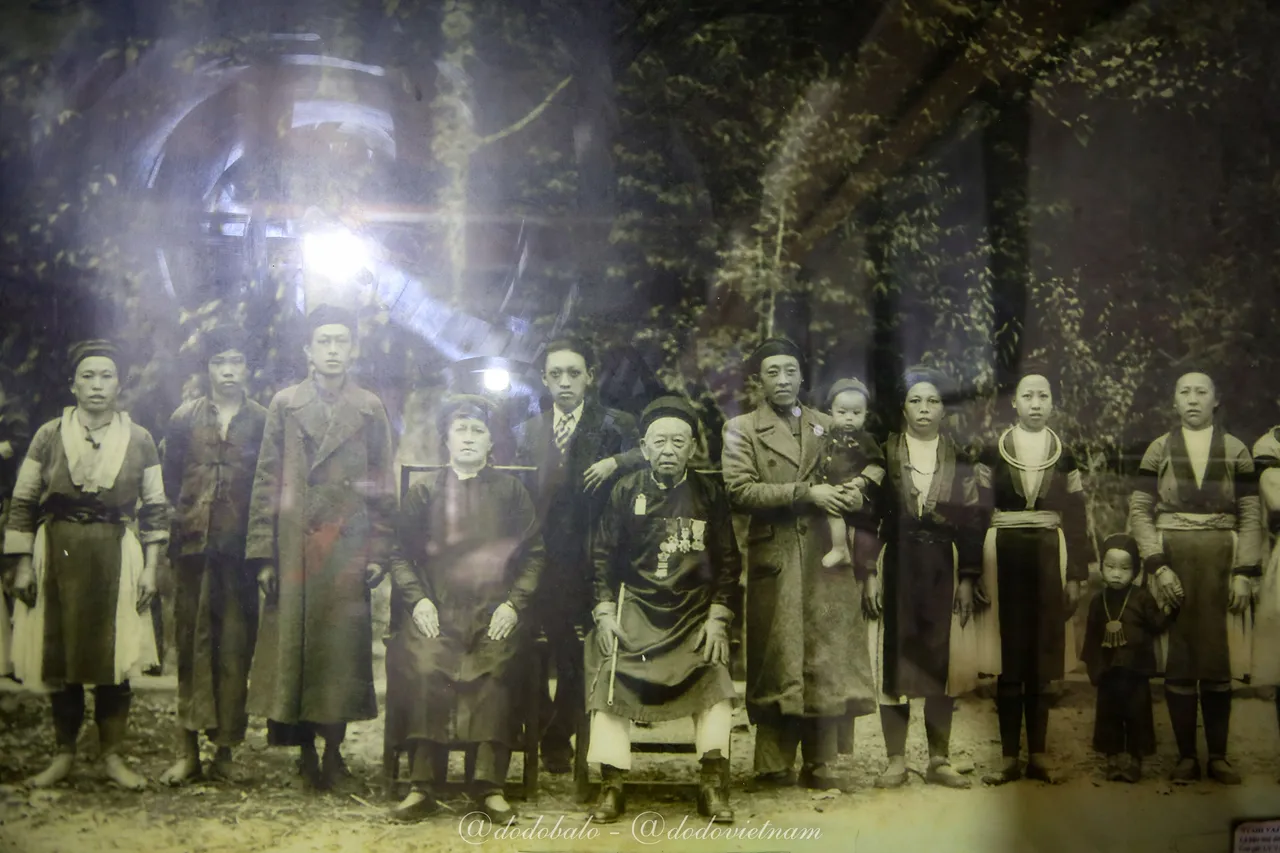
According to wikipedia, the mansion of the king of the H'Mong (also known as the Mansion of the Vuong family, or simply the Vuong House for short because the king of the H'Mong has the surname Vuong) is located in a valley in Sa Phin commune, Dong Van district, Ha Giang province. The entire mansion has an area of nearly 3,000 square meters, started in 1898 and completed nine years later, 1907. The construction process cost 15 thousand Indochina white silver coins, equivalent to 7 million dollars today. Before starting construction, the king of the H'Mong people, Vuong Chinh Duc, went to China to find a feng shui master, and then they went throughout the 4 districts under his control to choose the suitable location for building a mansion. In the end, Vuong Chinh Duc and the feng shui master decided to stop at Xa Phin village in the middle of Sa Phin valley because there is a raised land like the top of a turtle, symbolizing the Golden Turtle God. They thought that building a mansion here would make Vuong Chinh Duc's kingdom prosperous in the future. The mansion was classified as a national monument by the Ministry of Culture, Sports and Tourism on July 23, 1993. And today it has become a famous tourist attraction of Ha Giang.
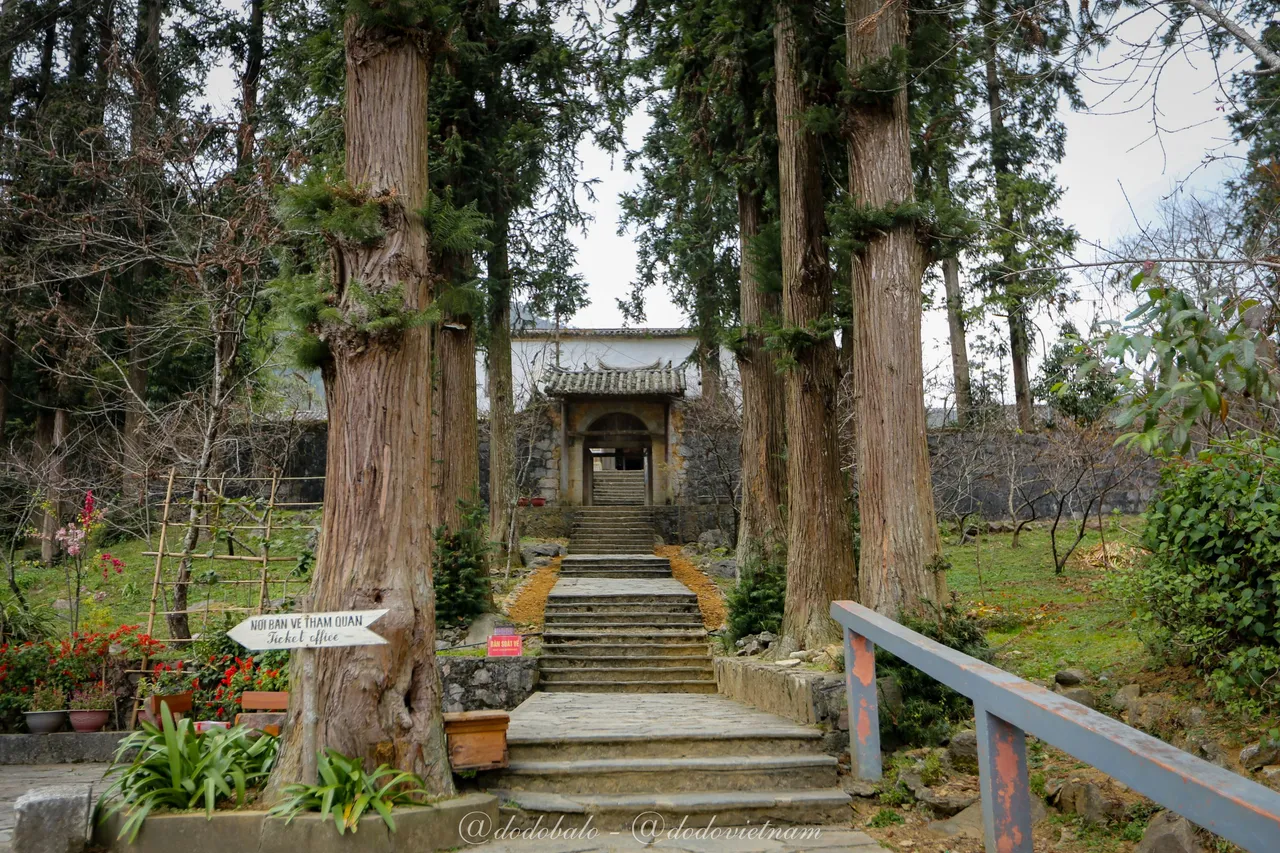
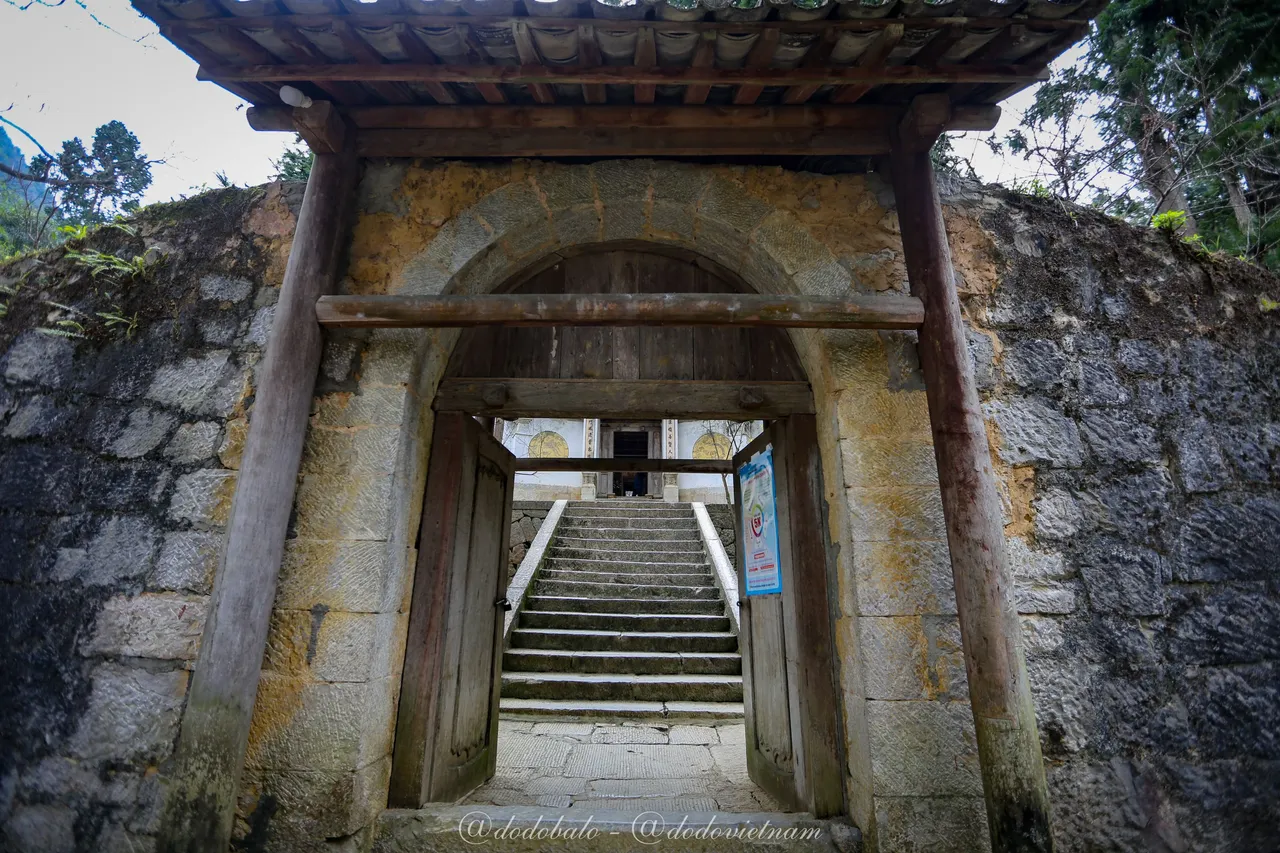
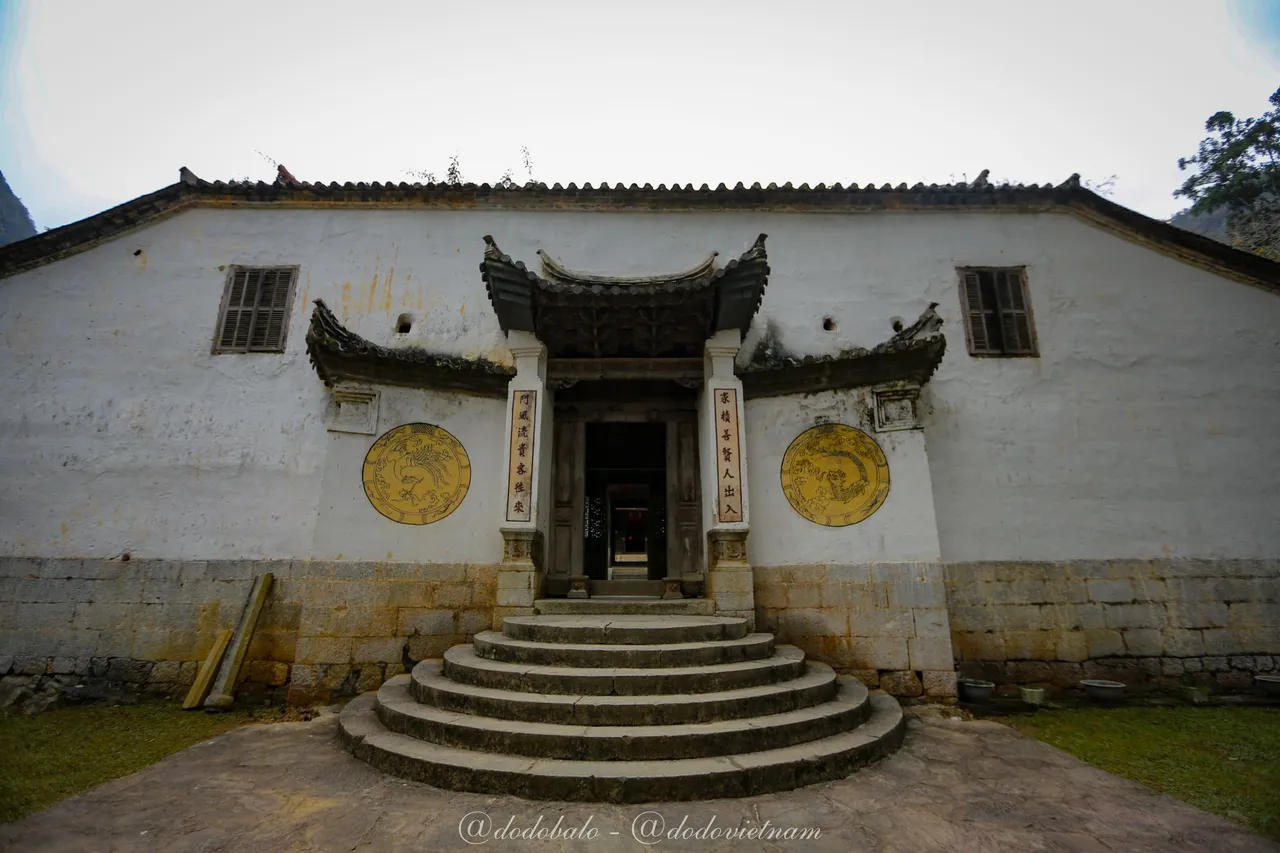
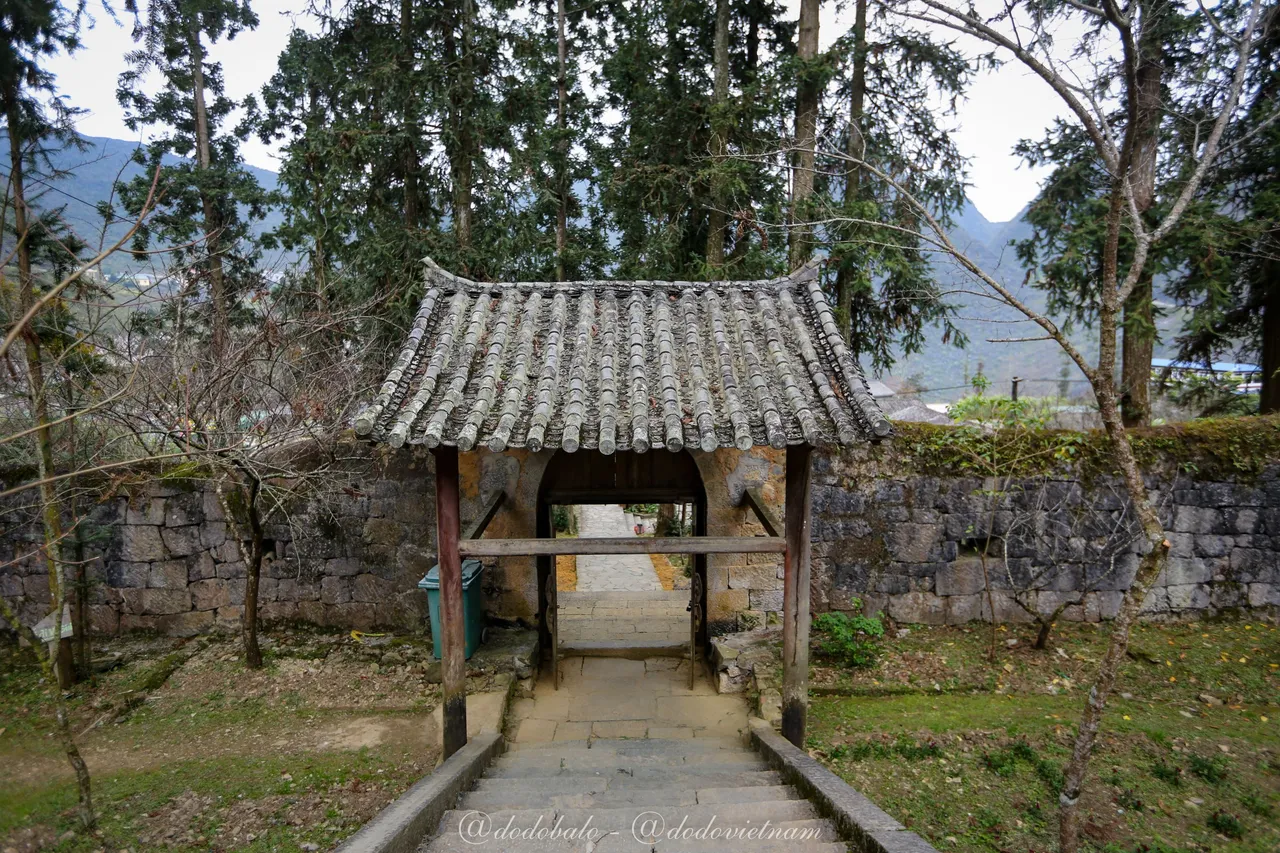

In terms of architecture, the mansion has architectural influences of 3 cultures: Chinese, Hmong and French, designed by a worker from Nam Dinh origin. The mansion has 4 horizontal houses and 6 vertical houses divided into front palace, middle palace and rear palace with 64 rooms built on 2 floors. The mansion has green stone walls, pine wood frames and terracotta tiles. The entrance to the house was made of marble slabs with carved patterns with curved roof, wooden gate roof, yin and yang tile roof, carved delicately with many patterns.
The front palace was the residence of guards and servants. The middle and rear palace were the living and working places of members of the Vuong family. Initially, all wood used in the mansion was pine. But since becoming state property, all the wooden materials of the house have been replaced by about 60% with ironwood and grated wood. Outside of the middle palace, there is a horizontal lacquered board engraved with Chinese characters '边政可風 (Bien Chinh Kha Phong), which was bestowed by King Nguyen Khai Dinh to the king of the H'Mong. The outer protective wall was built high and guarded by guards, so it was difficult to break in from the outside. Each wall section was arranged with loopholes and watchtowers to ensure the safety of the whole mansion. Behind the mansion there is a very large water tank with a volume of 300 m3 built entirely of stone, designed to store rain water from the roof of the houses. Because it is located in a frequently dry area, this water tank was the main source of water for the entire mansion.
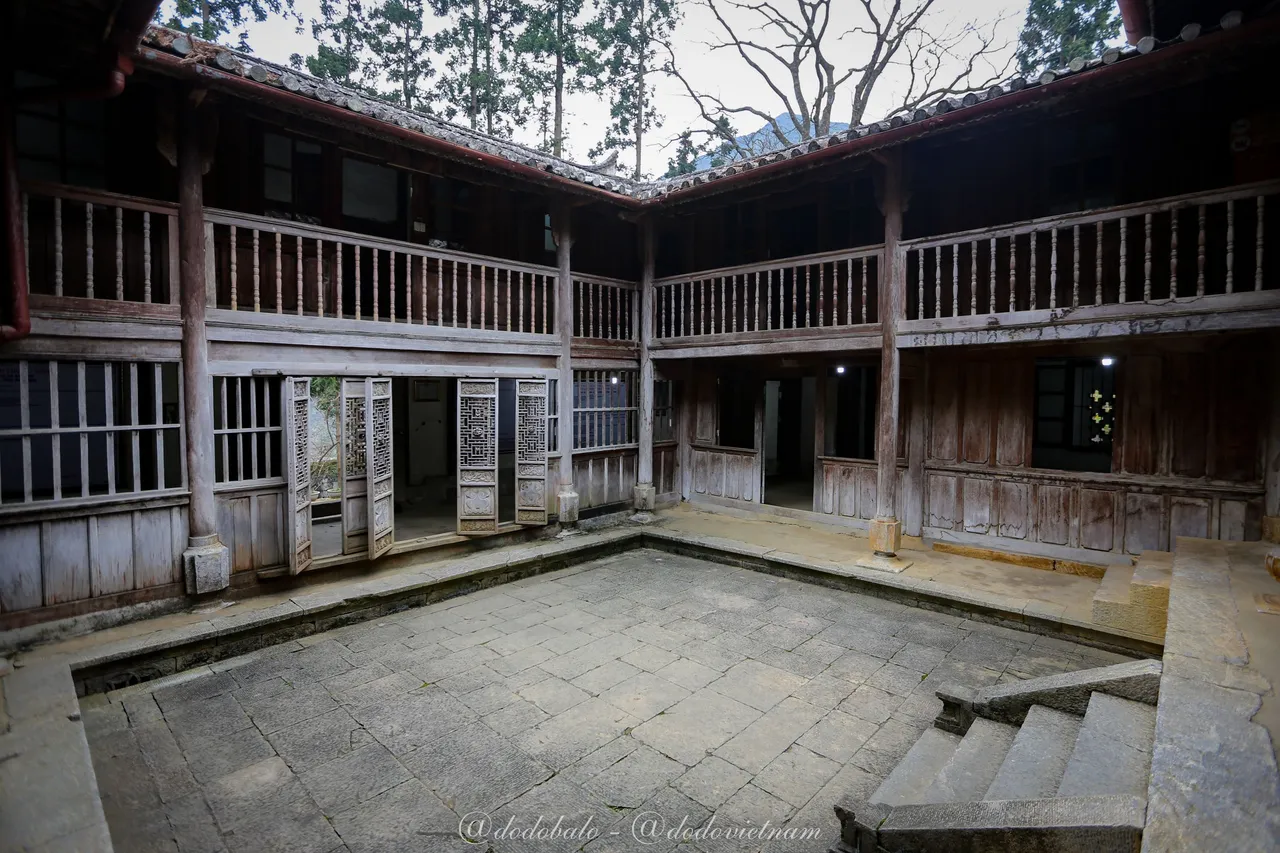
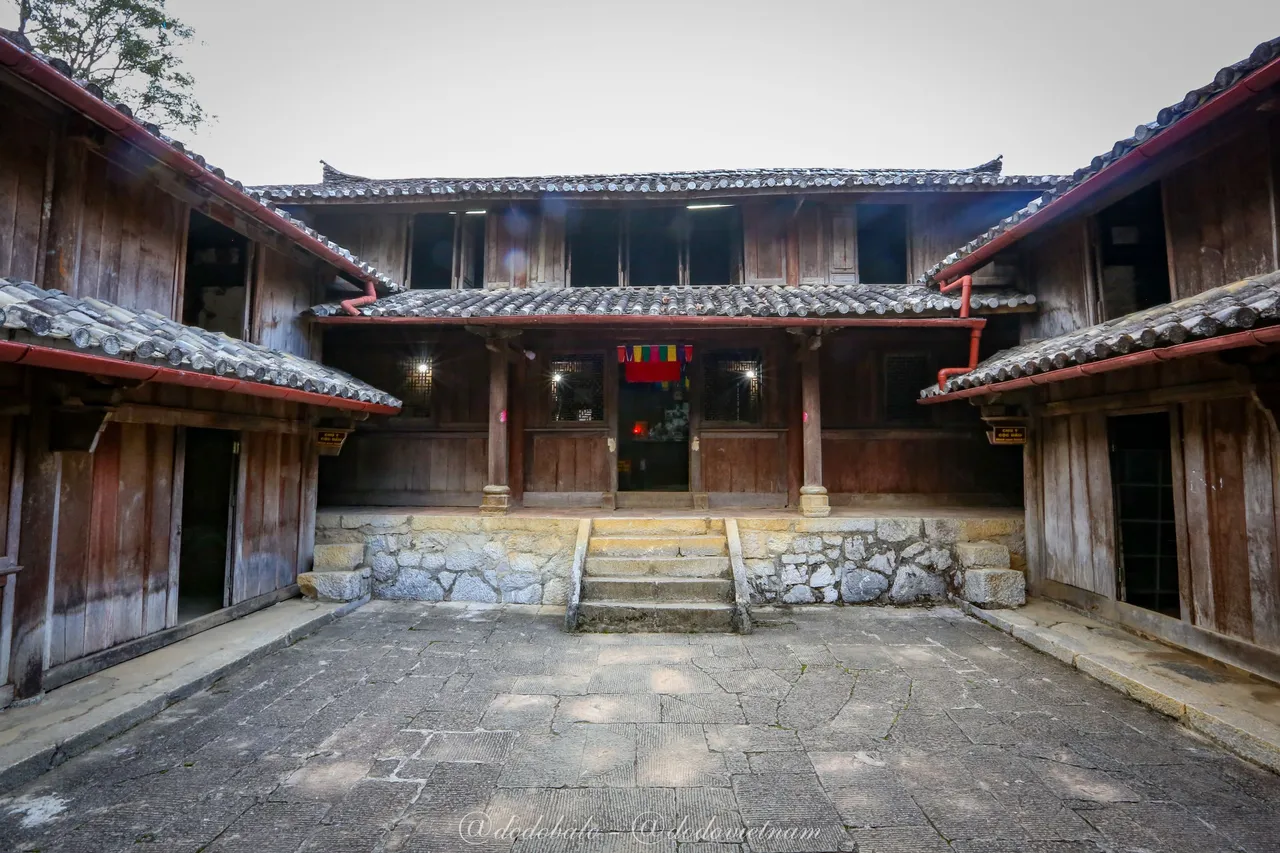
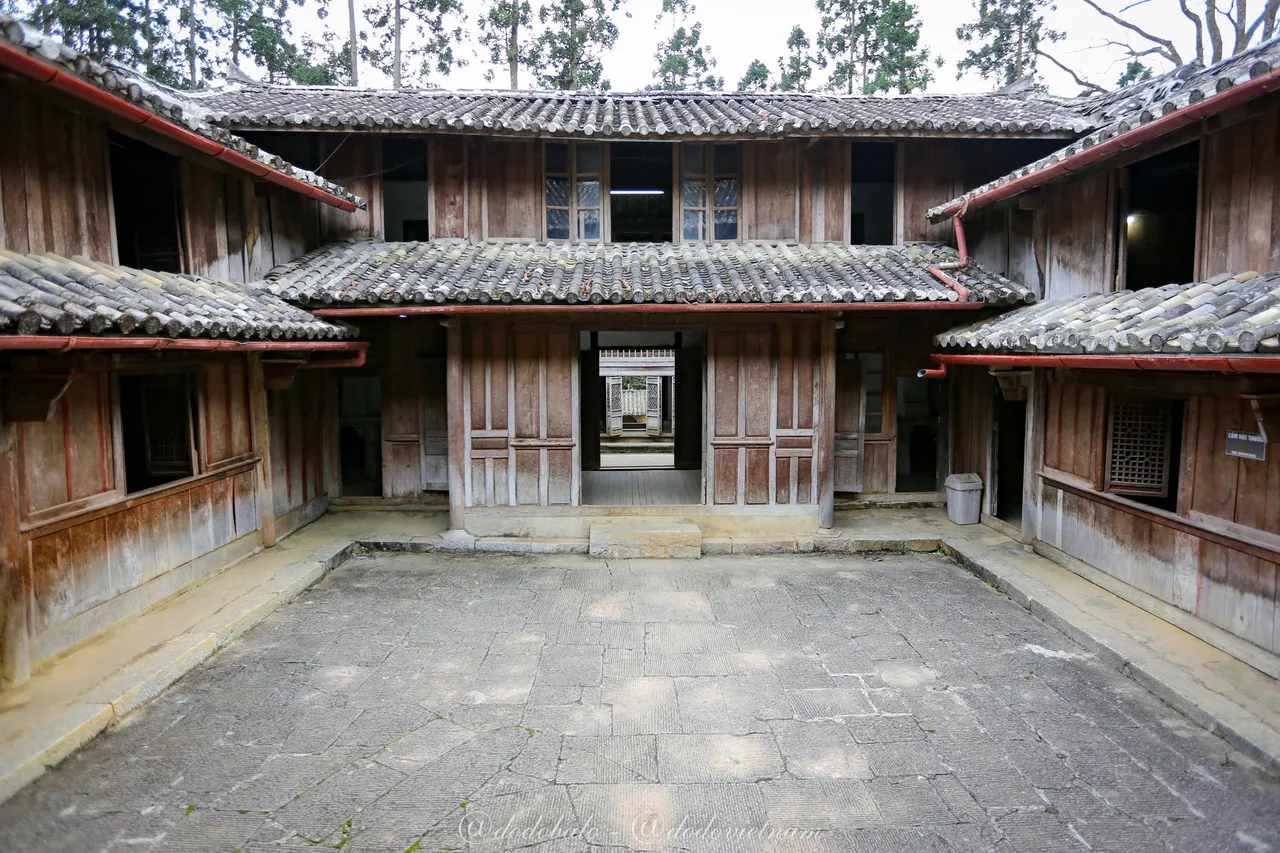
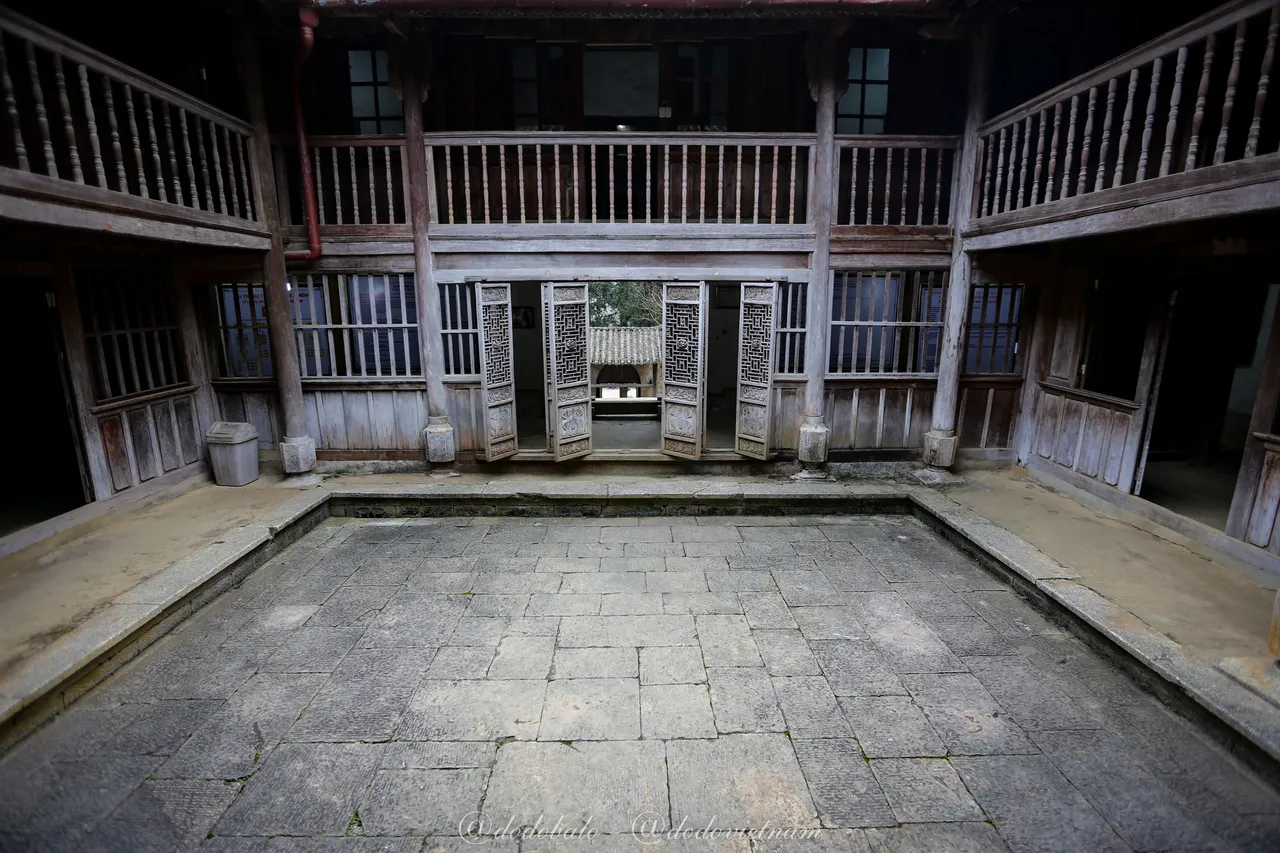
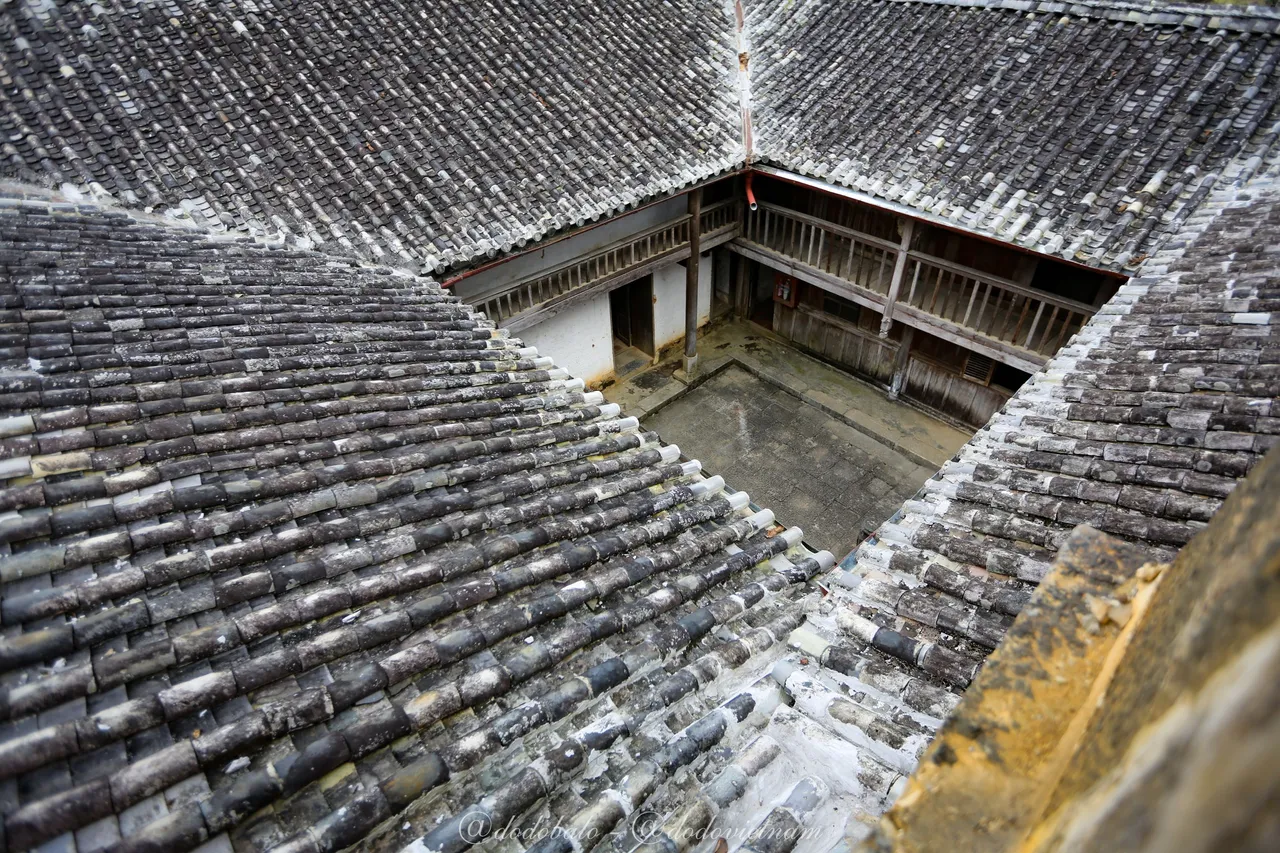
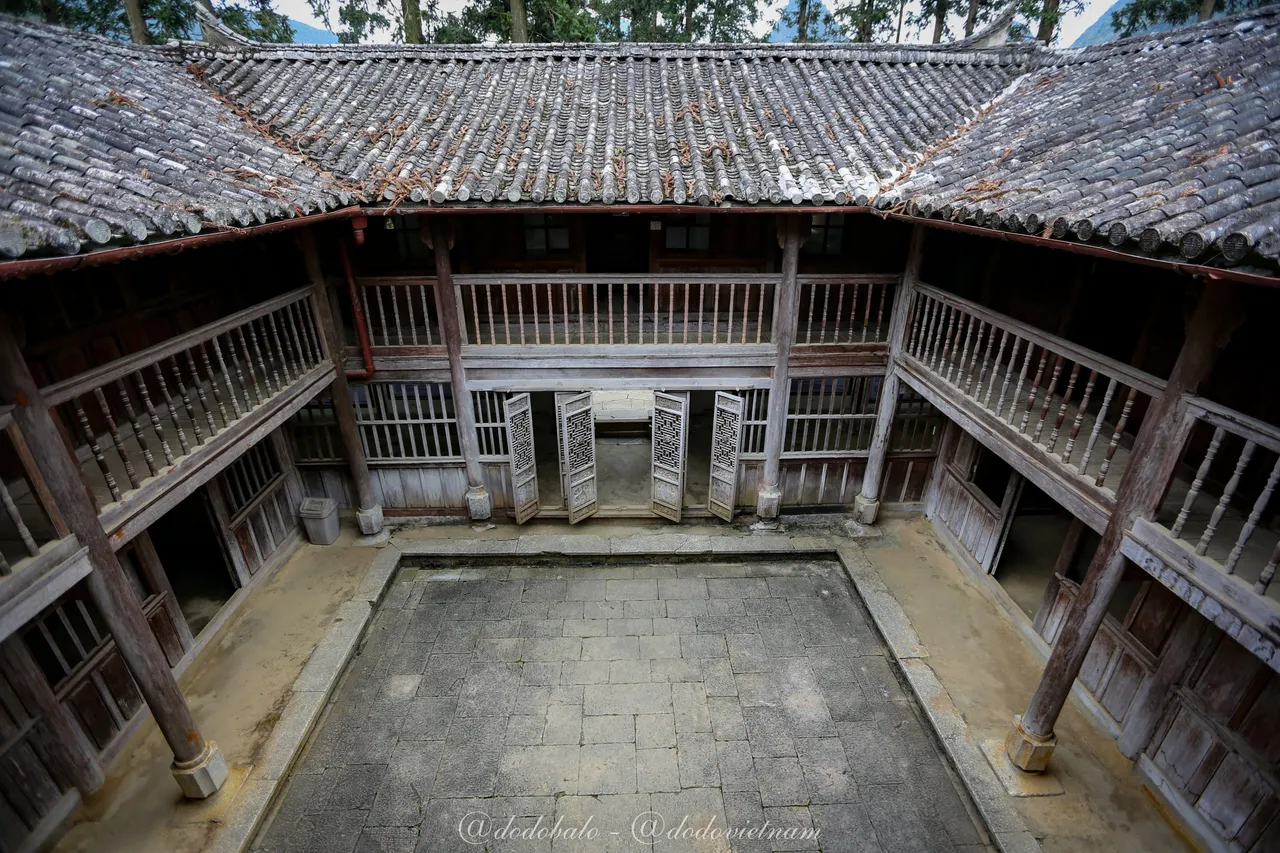


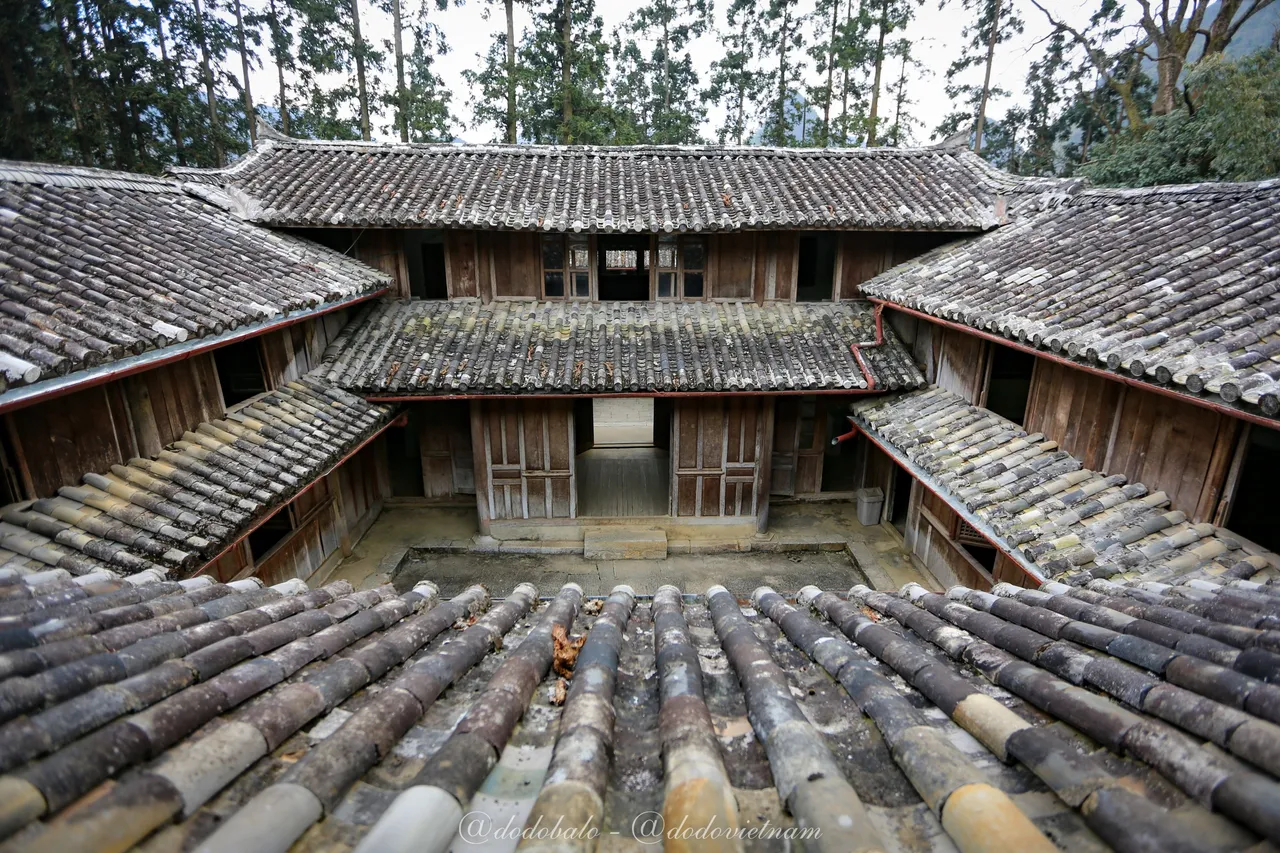
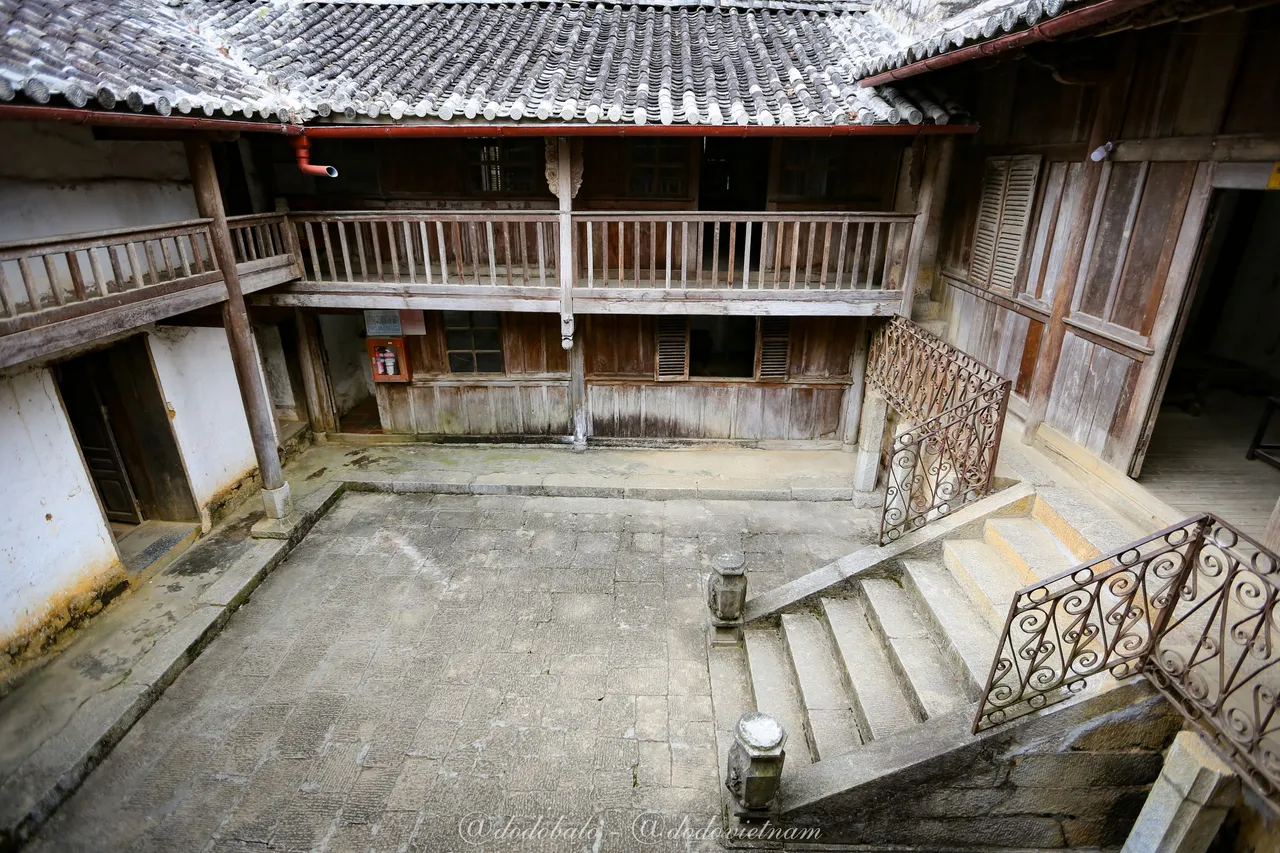
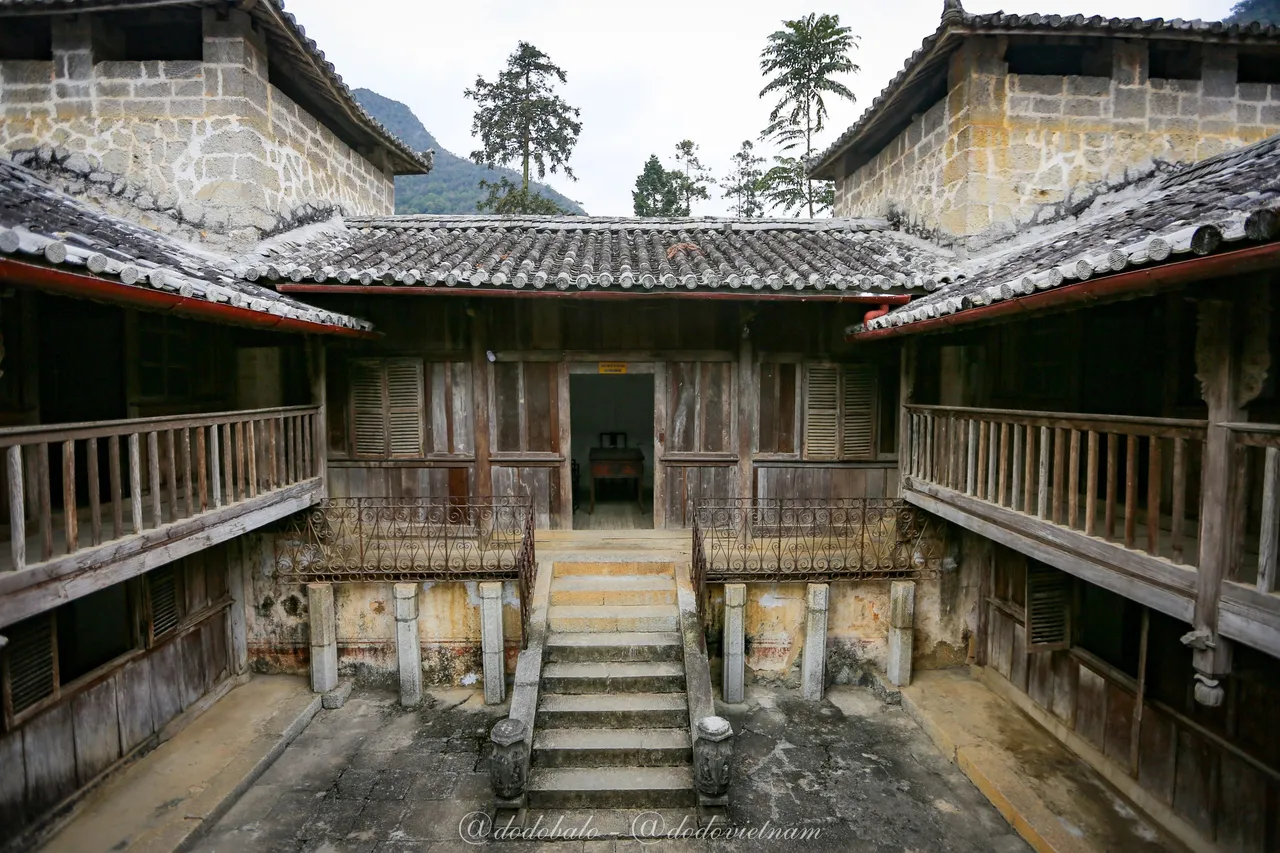
Although once a prosperous kingdom, the mansion of the king of the H'Mong people is located in a rugged and remote mountainous area 110km from the center of Ha Giang city. To get here, we have to go through the roads in the high mountains. In the past, people here used horses as a means of transportation. The roads here are so dangerous that when I searched for the way from Ha Giang city to there, the motorbike route option was not available. But actually, today the government has built asphalt roads to connect with these remote areas, so we can completely get here by motorbike and even by car. The scenery on both sides of the road is very beautiful with the majestic mountains of Dong Van rocky plateau, small houses, terraced fields and flower fields making it a beautiful road well worth checking out.
When I arrived at the mansion of the king of the H'Mong people, I was really overwhelmed by its magnificence. I did not expect that, in such a barren and remote area, there would be such a great building. The mansion tells that there was once a prosperous kingdom here. All materials used in the building are so good that to this day the mansion is still very solid and retains its original architecture. Even the furniture such as tables and chairs, beds, cabinets, stoves, fireplaces, dishes, vases, ... are still intact except for traces of time. Witnessing those items, I can imagine the lavish life of the people who lived in this house before. An interesting point about this project is that the door size is quite small and the ceiling is quite low. It shows that the ancient H'Mong people had a rather small body. Today, their height has improved, but compared to other ethnic groups, they are still quite small people. But they are strong, hardworking and honest people. It can be said that from that tour, I learned a lot about the history, culture and people of H'Mong that I could not learn from books.
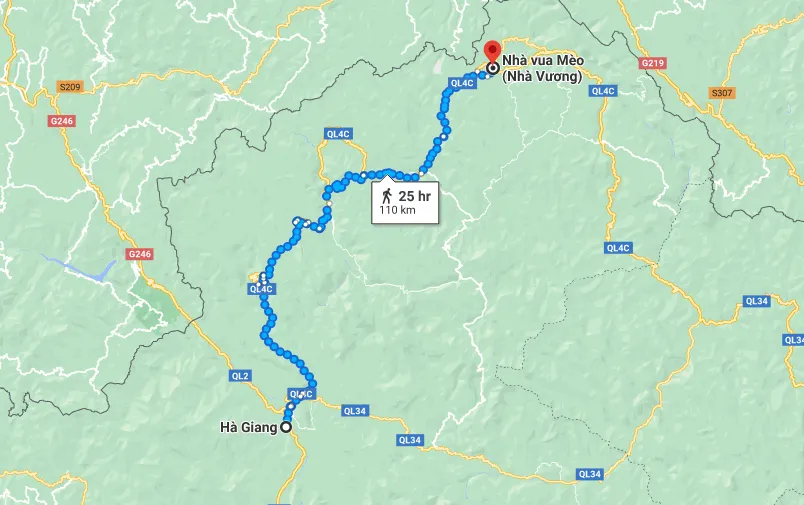
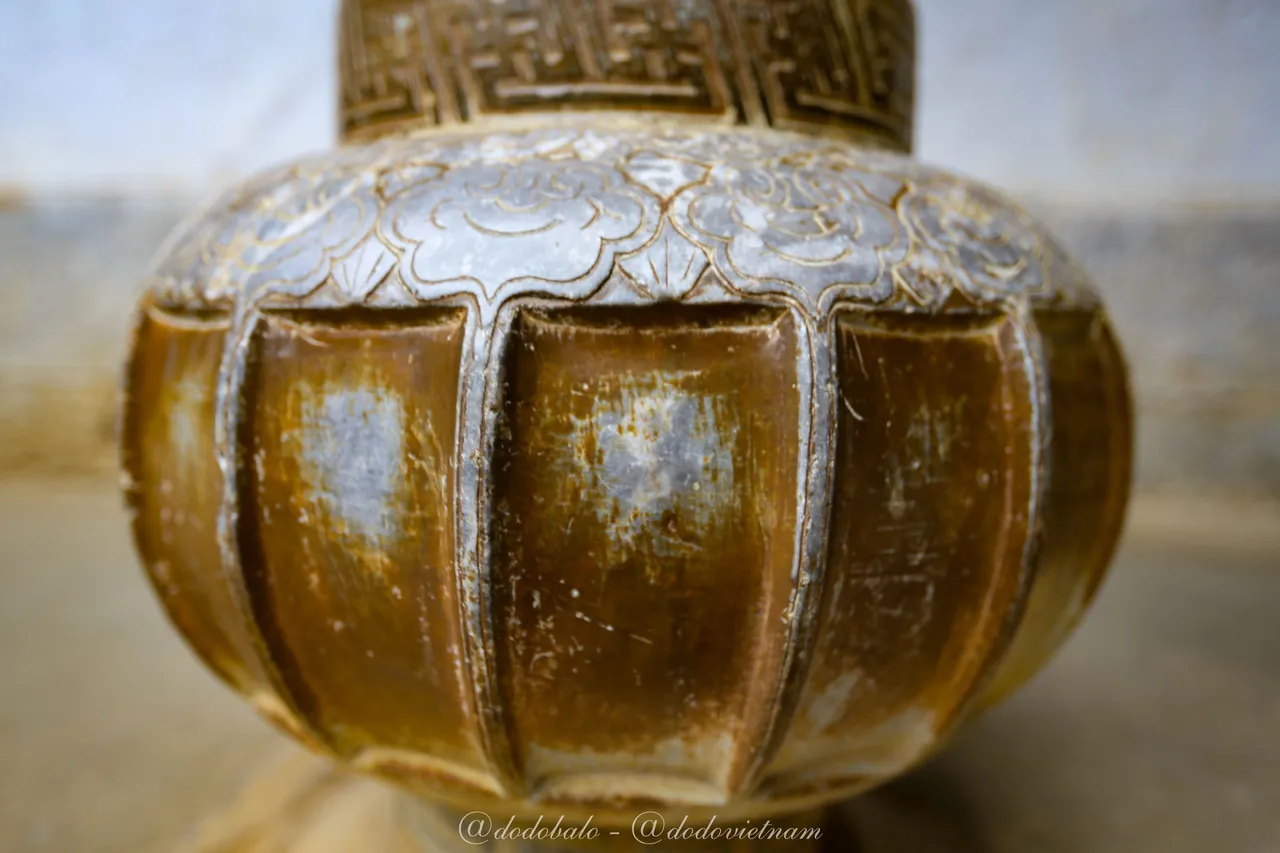
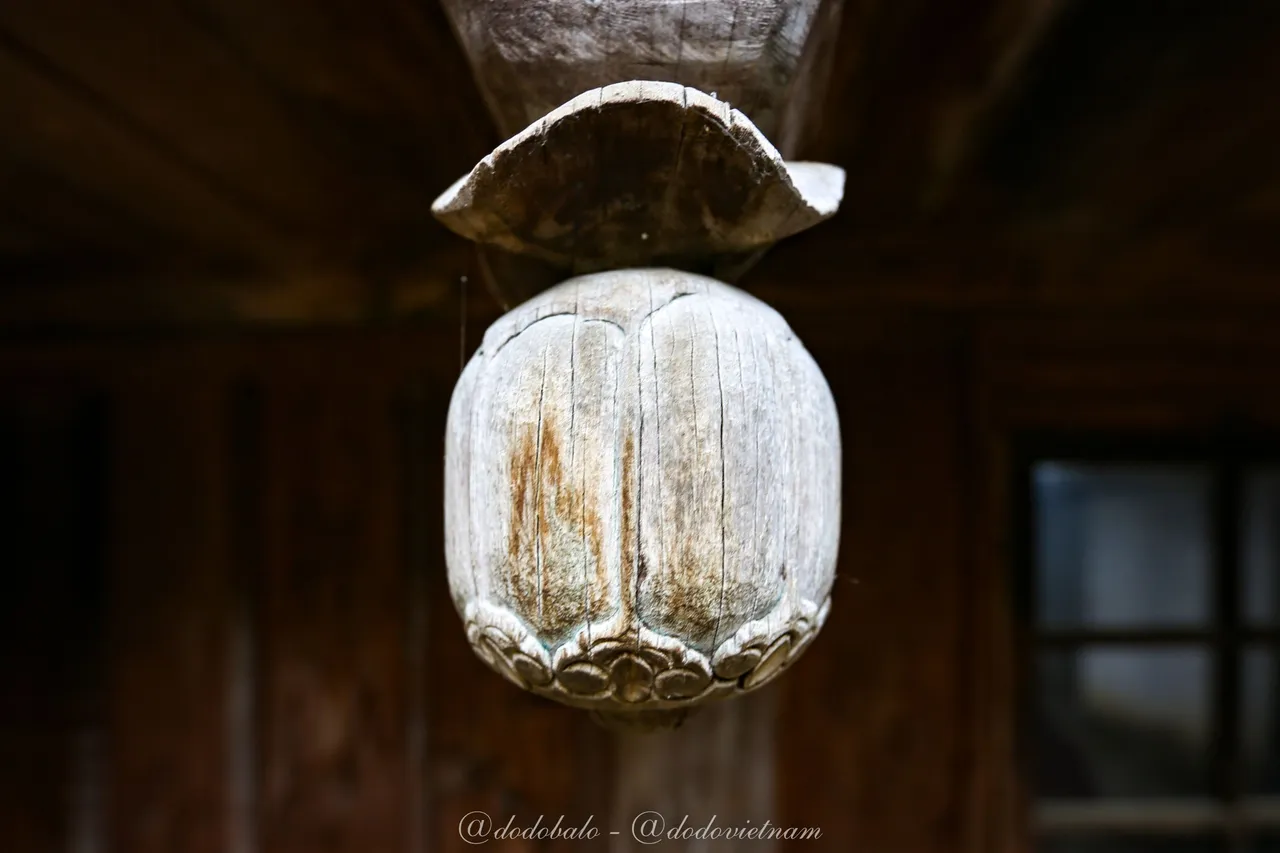
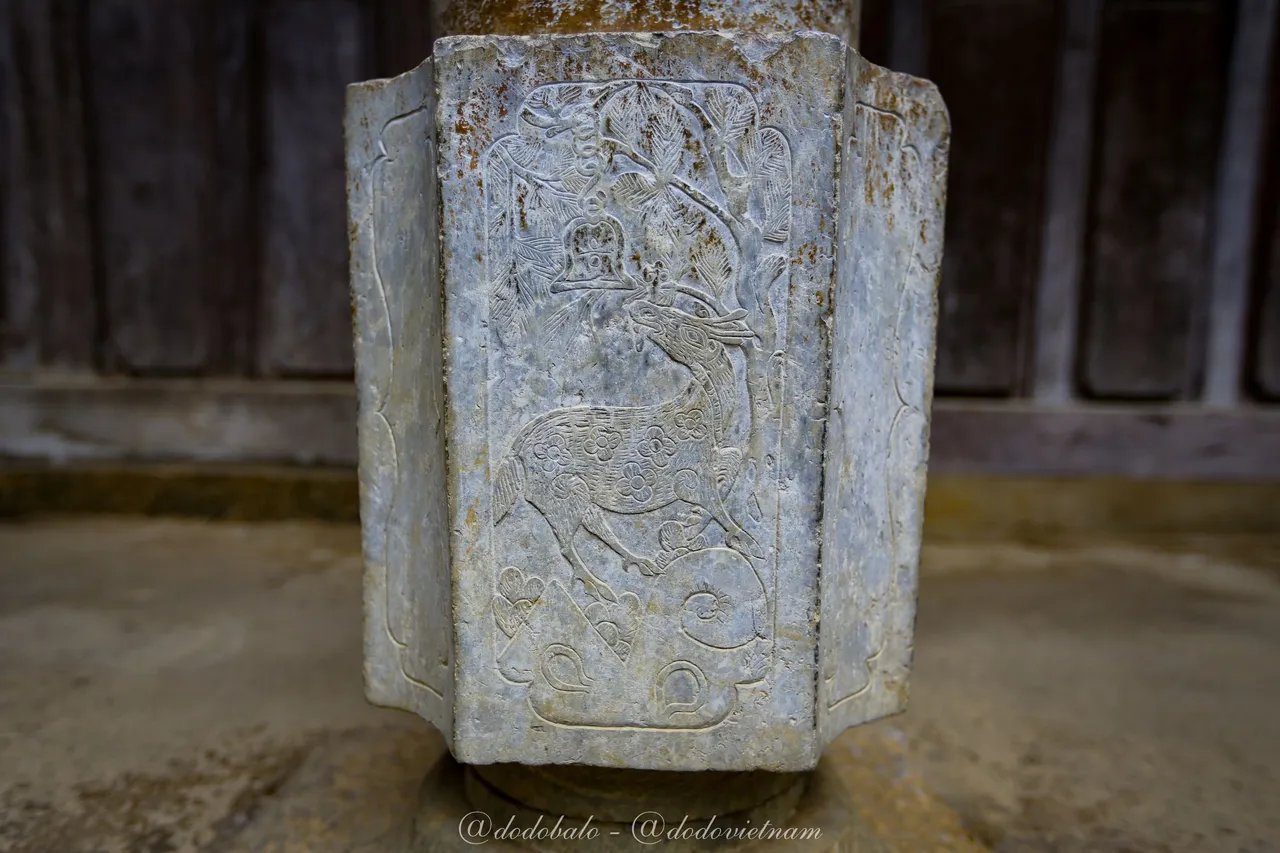
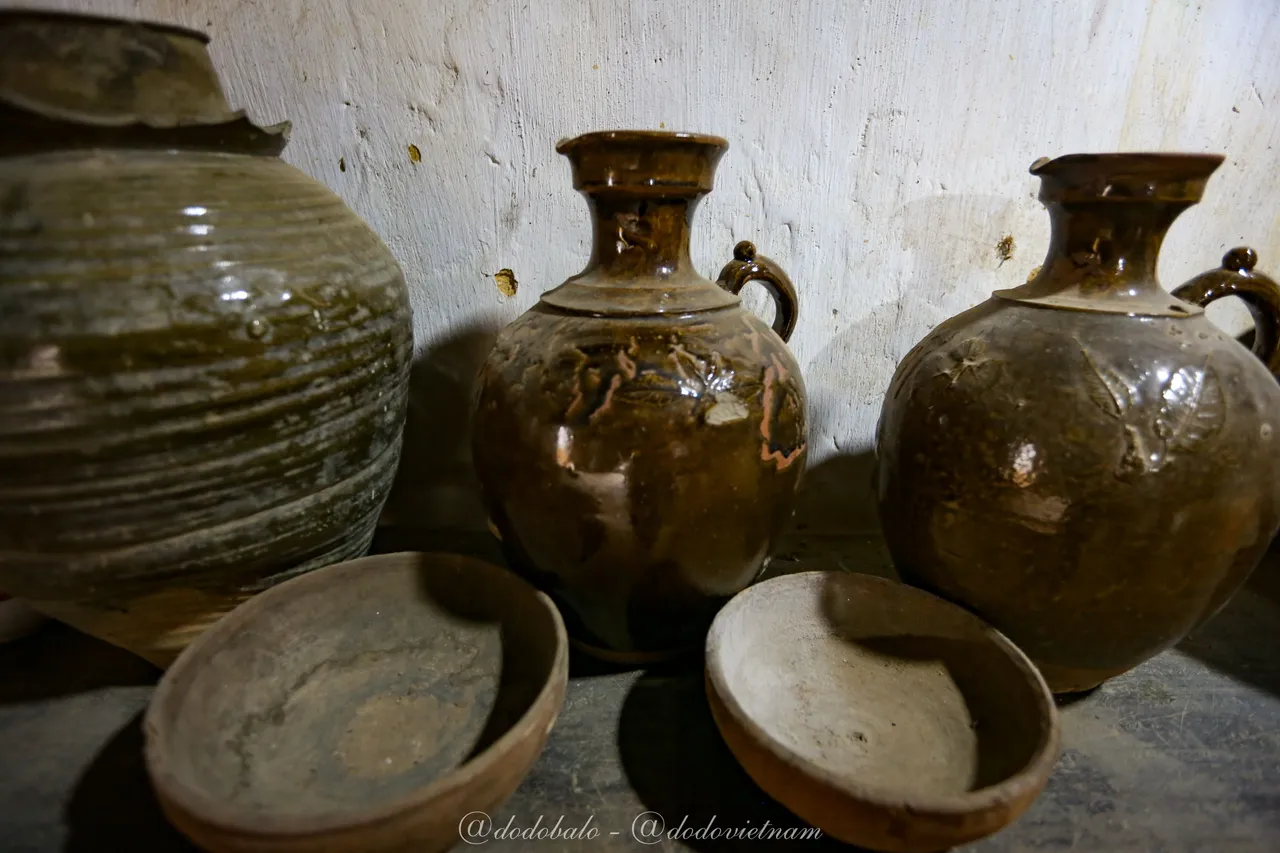
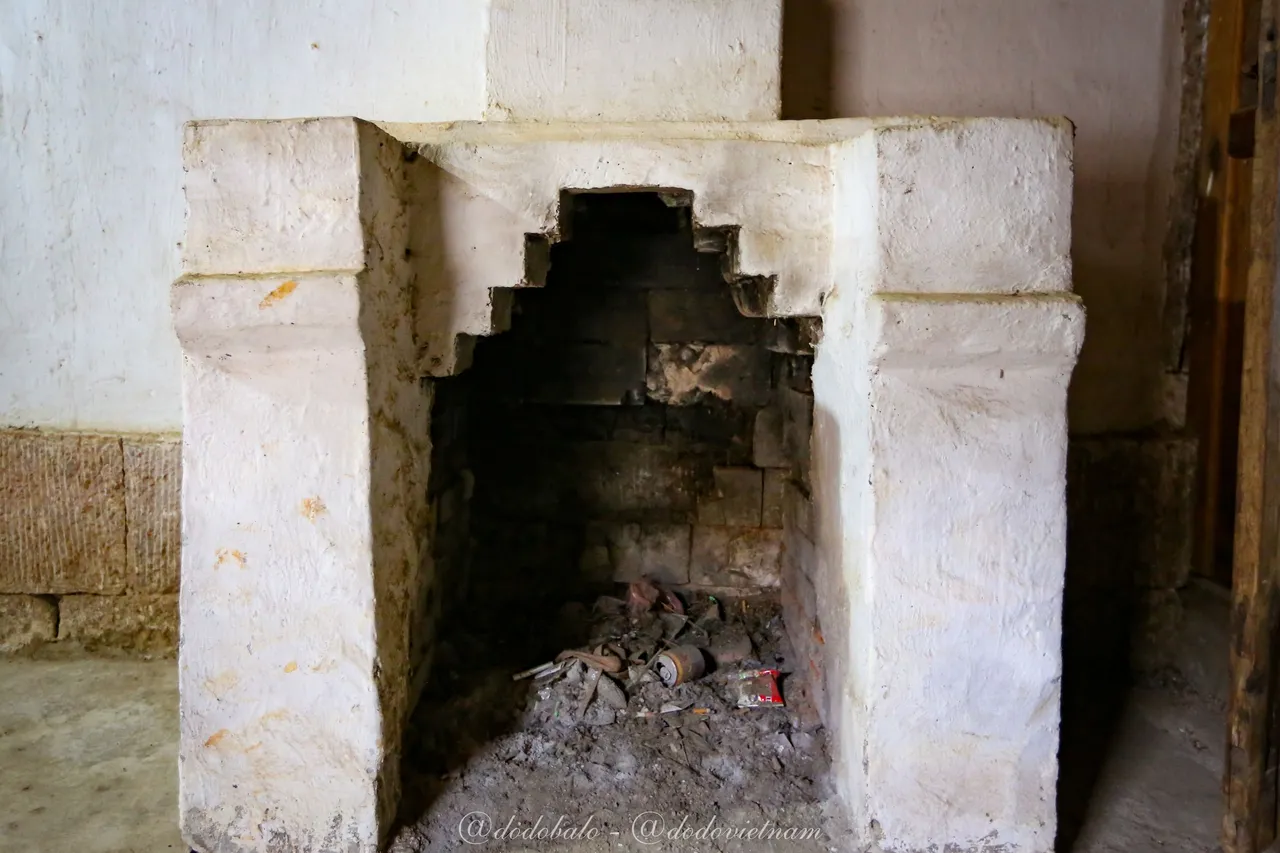
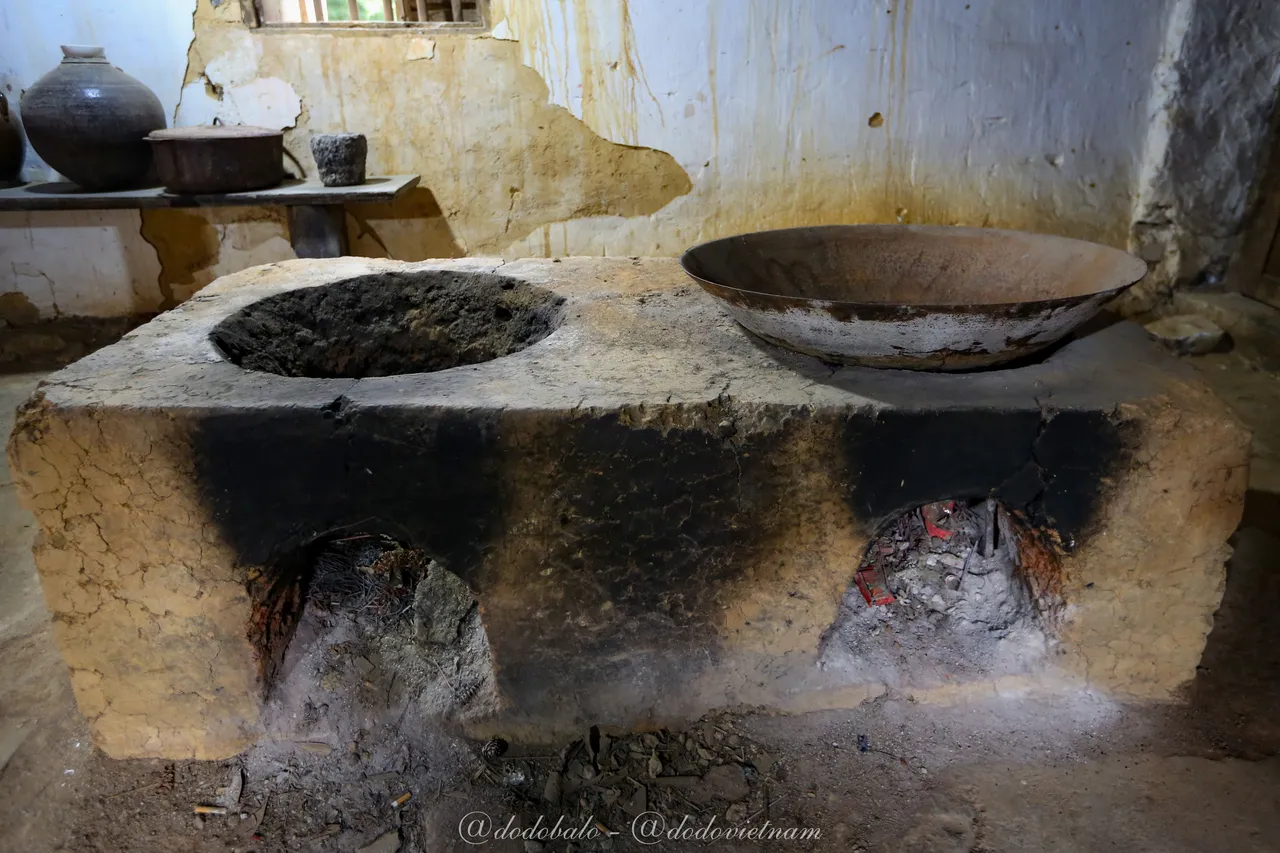
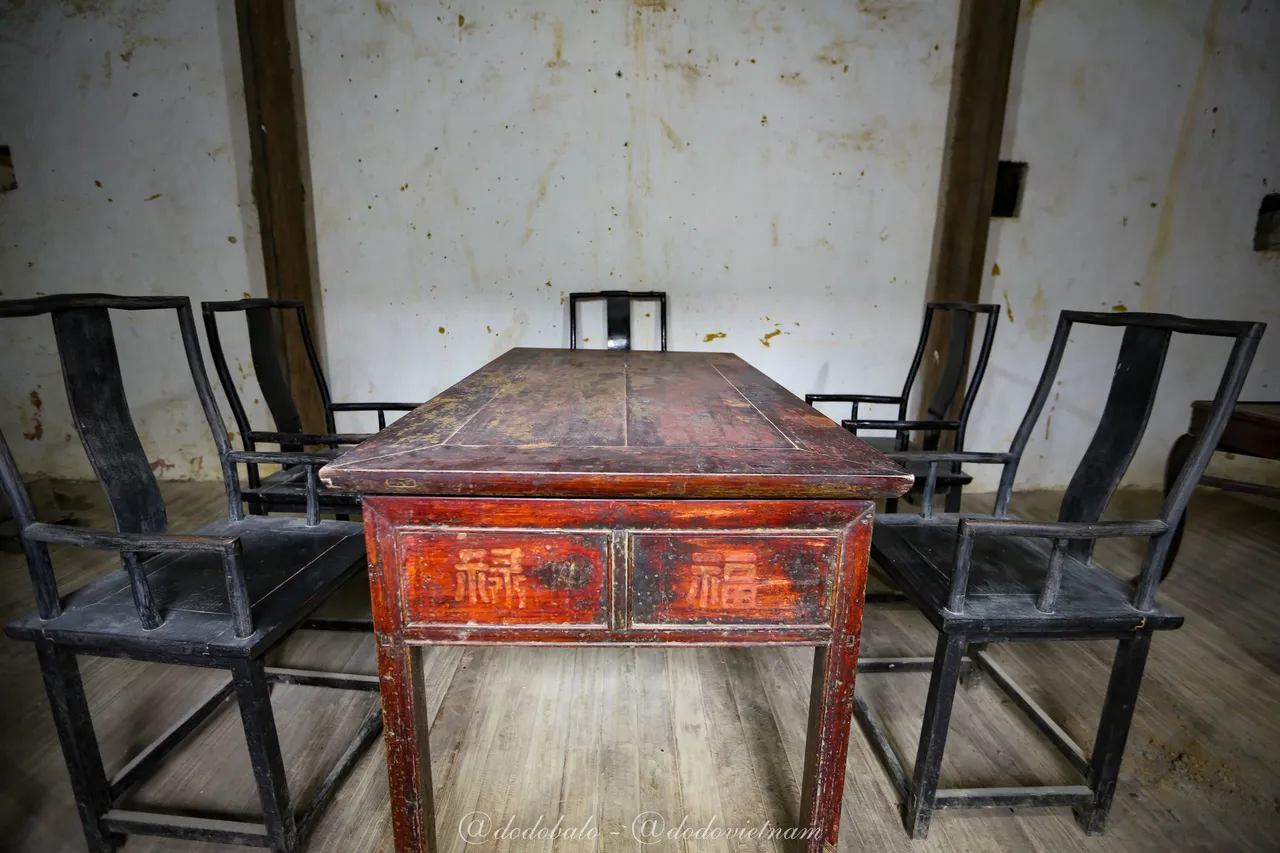
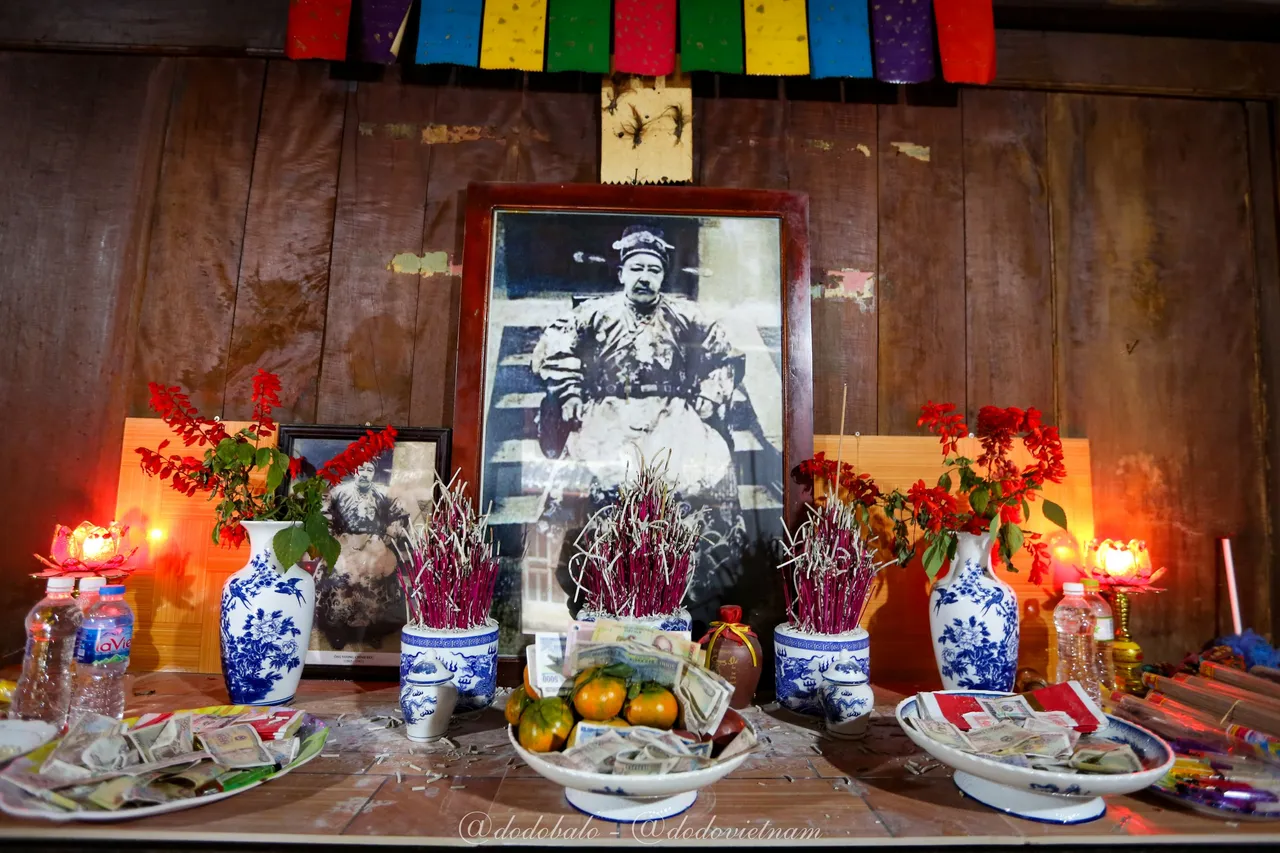
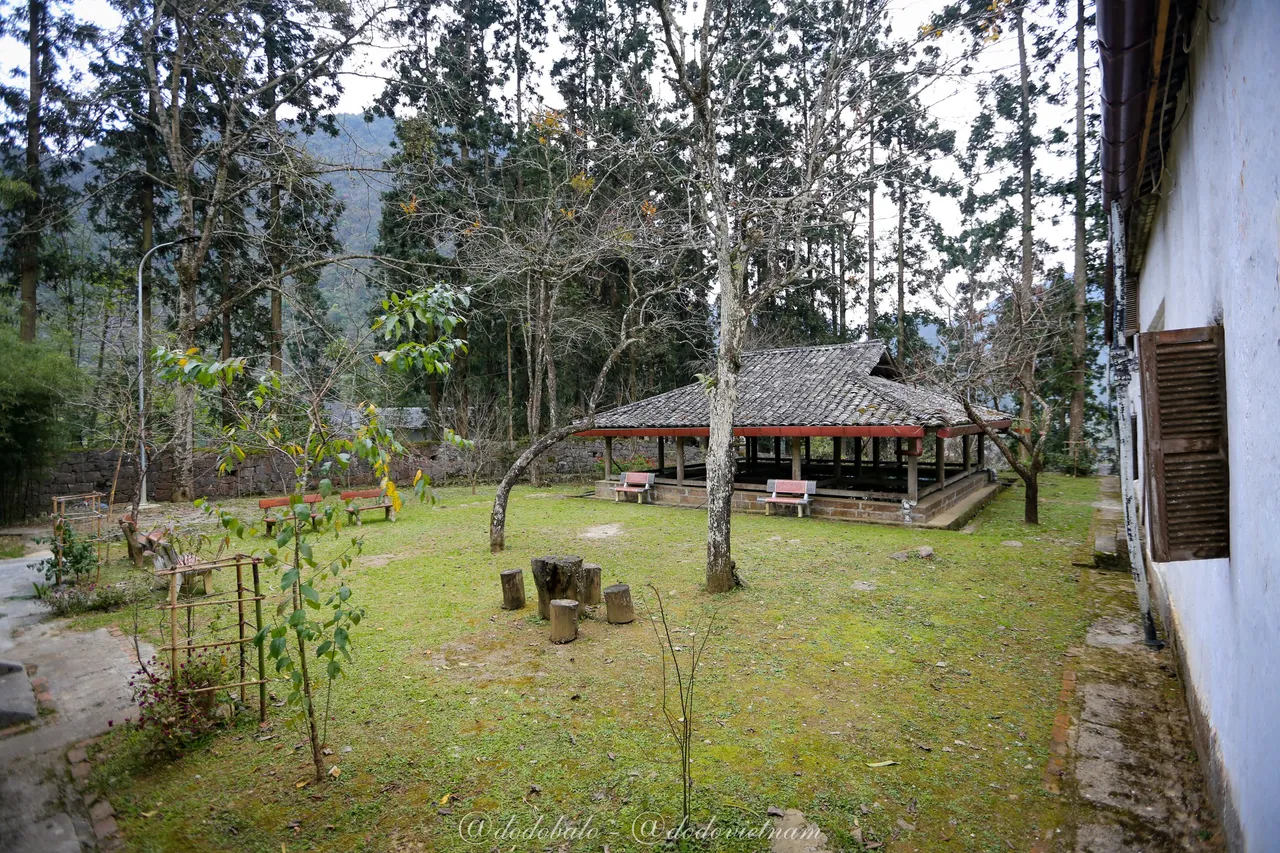
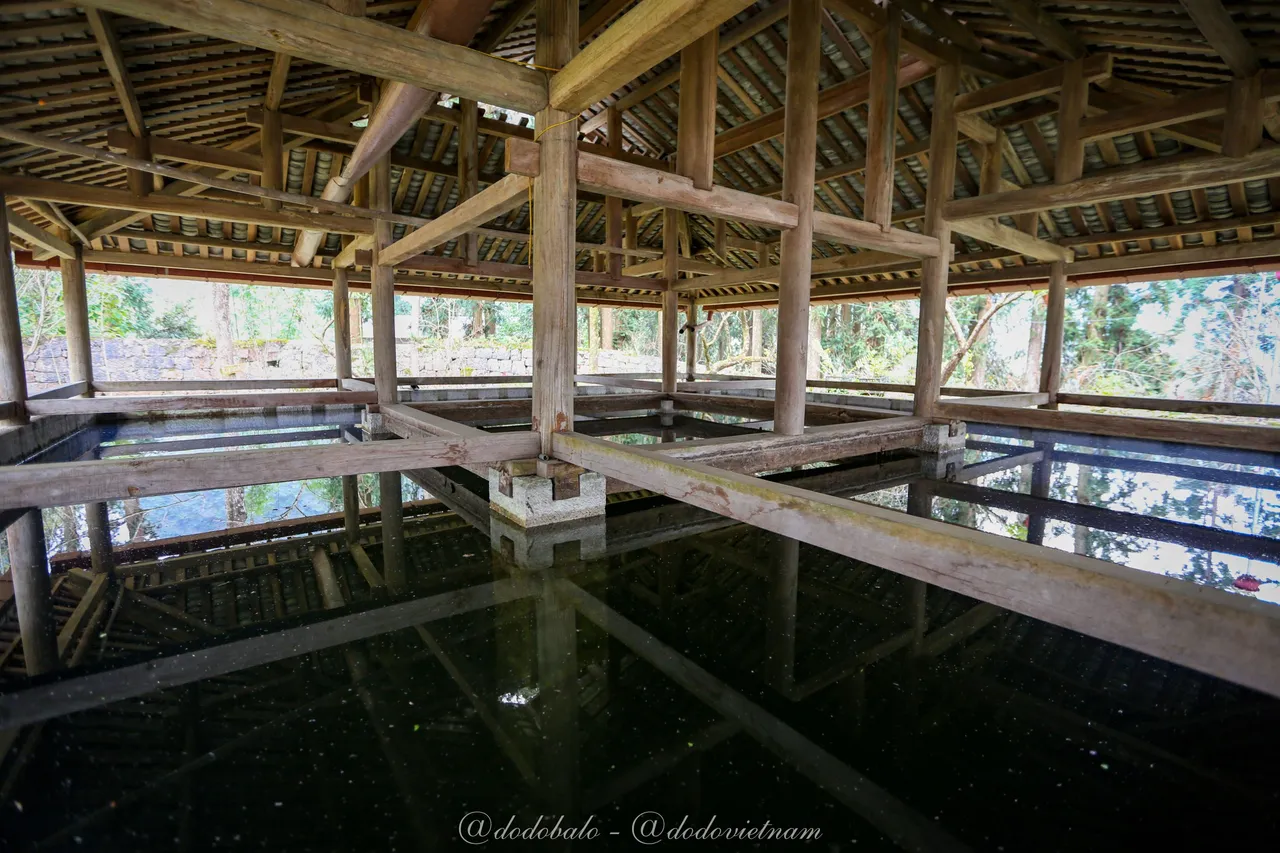
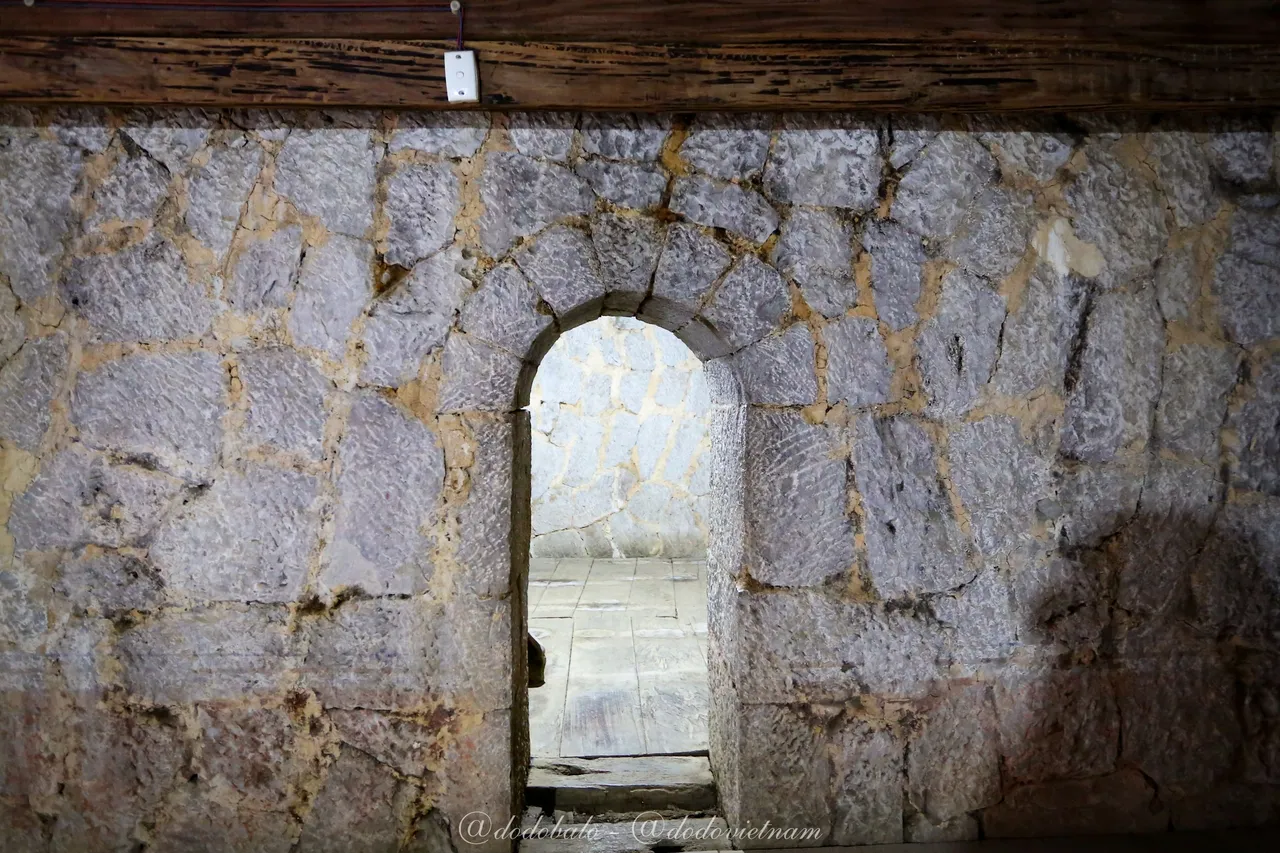

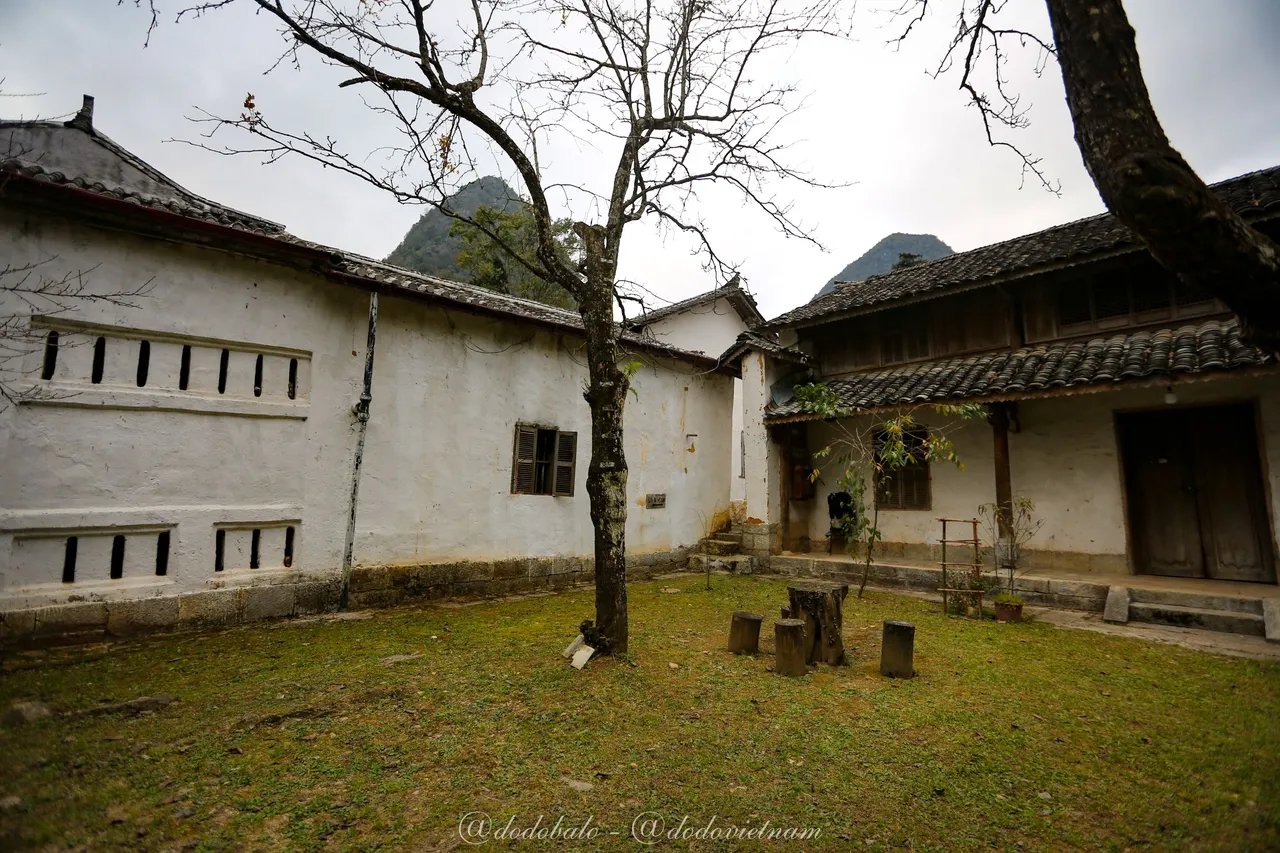
Okay, I had a good time exploring the mansion of the king of the H'Mong people and learned a lot of interesting things, I hope you enjoy it too. Thank you for taking the time to read my post and have a great day!